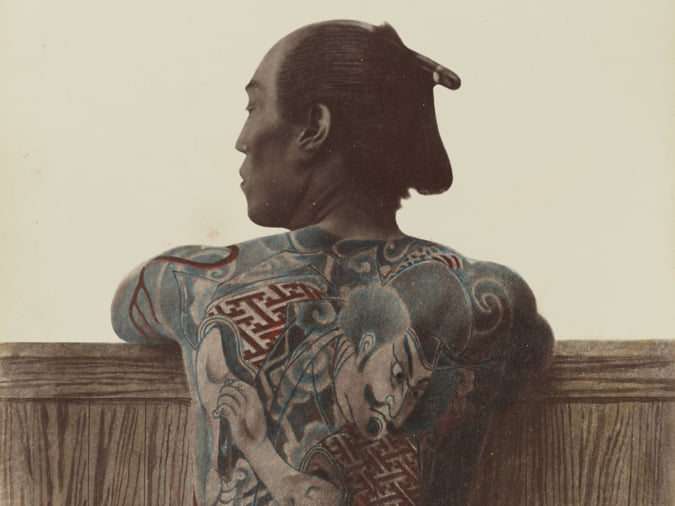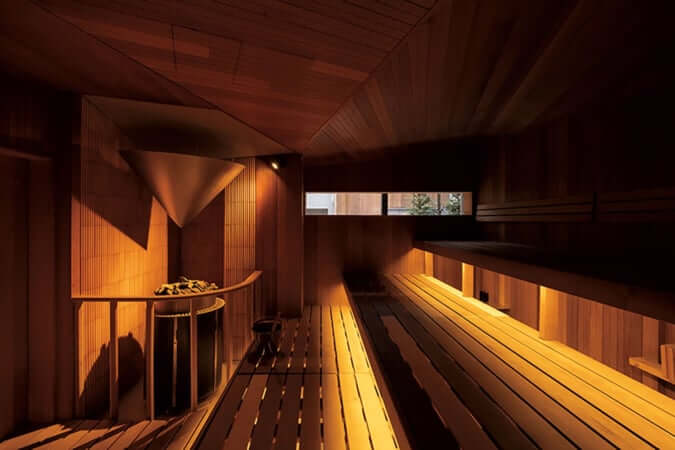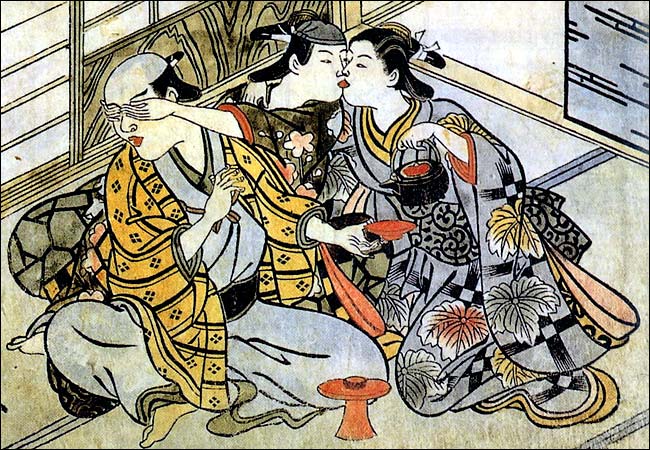Tadanori Yokoo, the ‘Japanese Andy Warhol’
Known for creating Pop art-inspired posters, the artist produced over 1000 pieces, which are compiled in 'Complete Book Designs.'
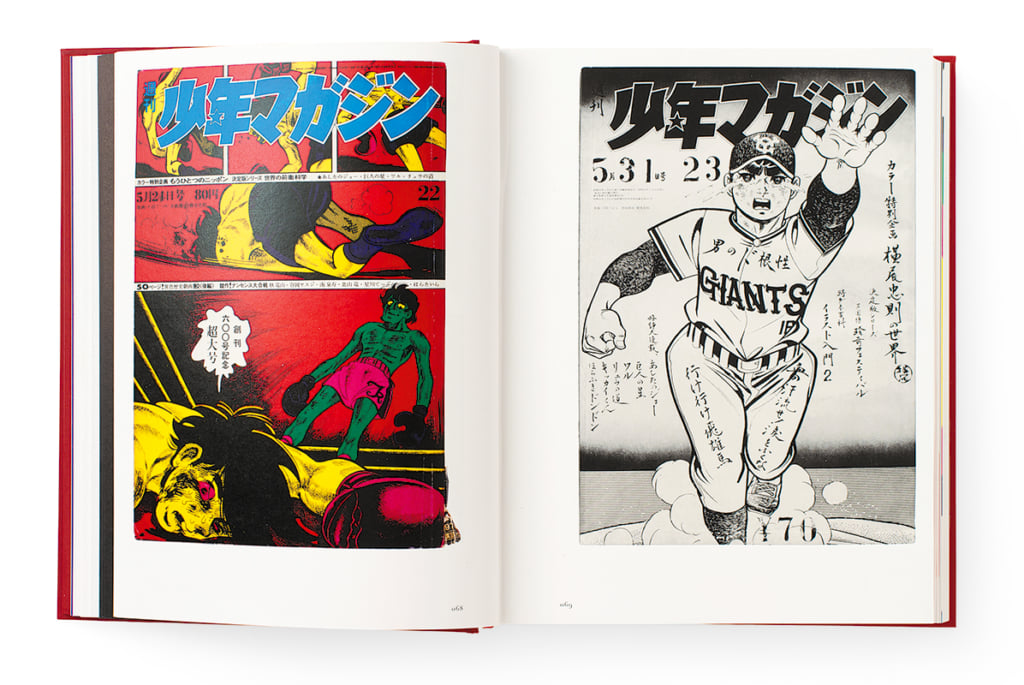
© Tadanori Yokoo
Tadanori Yokoo is considered as one of the pioneers of graphic design in Japan. He started out as a stage designer, but it his posters that won him recognition and success in both Japan and on the international stage.
Complete Book Designs, published by PIE Books in 2013, is the first compilation of the body of graphic art produced by the artist, born in 1936. It contains over 1000 posters and book covers created by Tadanori Yokoo between 1957 and 2012.
Daring presentation of social themes
These pieces are heavily influenced by Dadaism, Pop art (the artist is often nicknamed the Japanese Andy Warhol), and surrealism, but also traditional Japanese art like ukiyo-e. They address recurring themes like religion, war, sex, and women, presented in creations where fine art and commercial art combine, with extensive use of vibrant colours.
Barely ten years into his career, Tadanori Yokoo’s work entered MoMA for the exhibition Word & Image, before the museum dedicated a personal exhibition to him in 1972. Tadanori Yokoo collaborated with renowned designers like Issey Miyake but, from the 1990s onwards, devoted himself mainly to painting, a medium in which he would go on to depict personal memories and changes in post-war Japanese society.
Complete Book Designs (2013), a collection of Tadanori Yokoo’s work, is published by PIE Books. More information on the artist’s work on his official website.
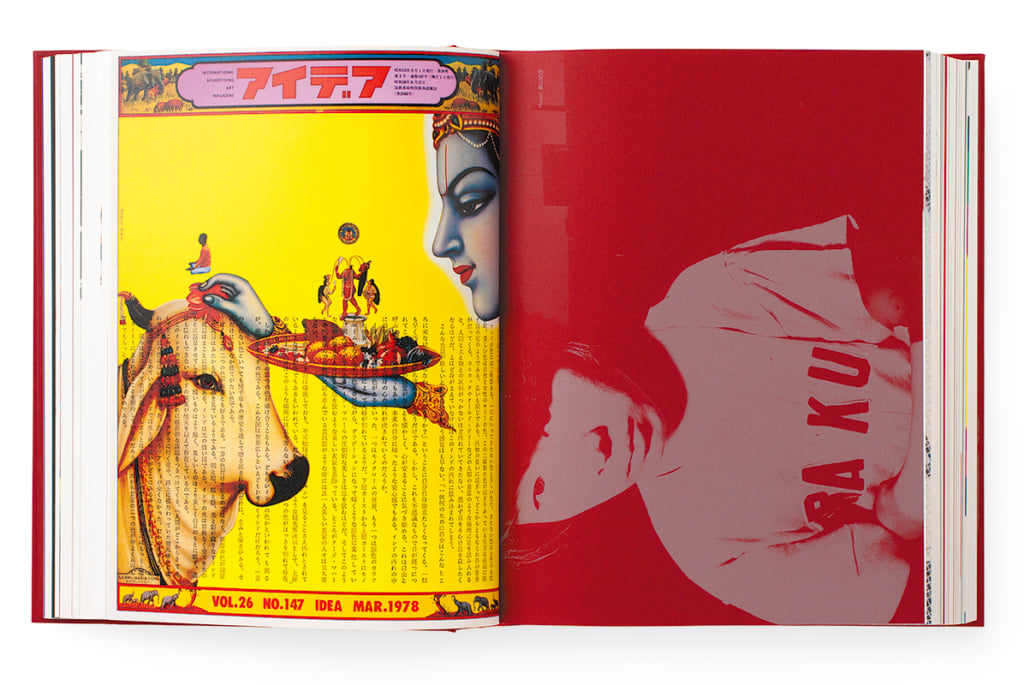
© Tadanori Yokoo
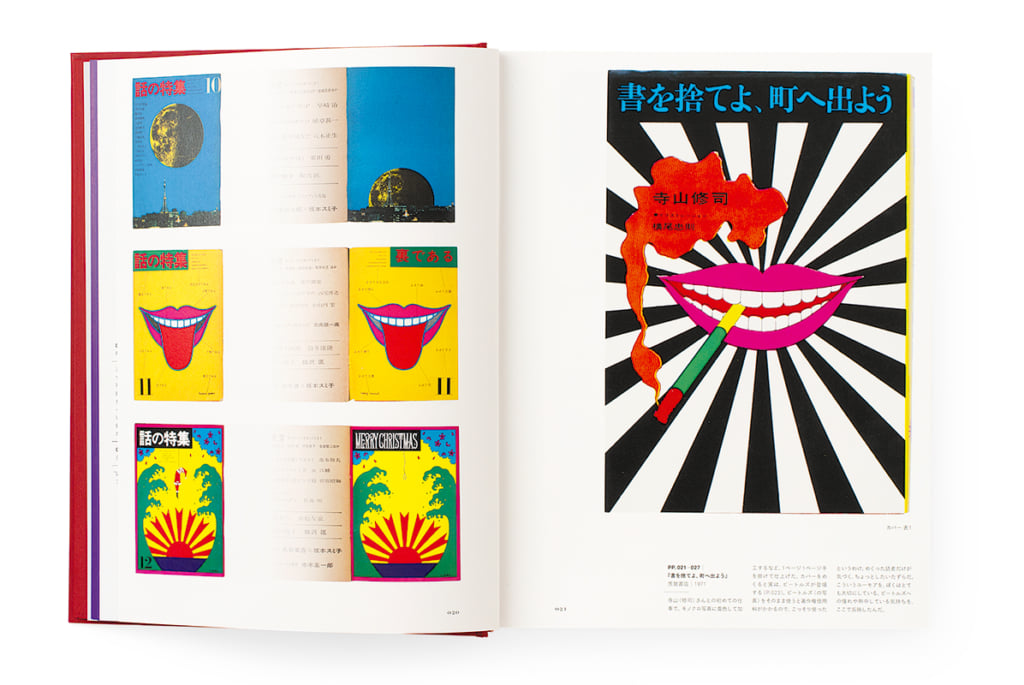
© Tadanori Yokoo
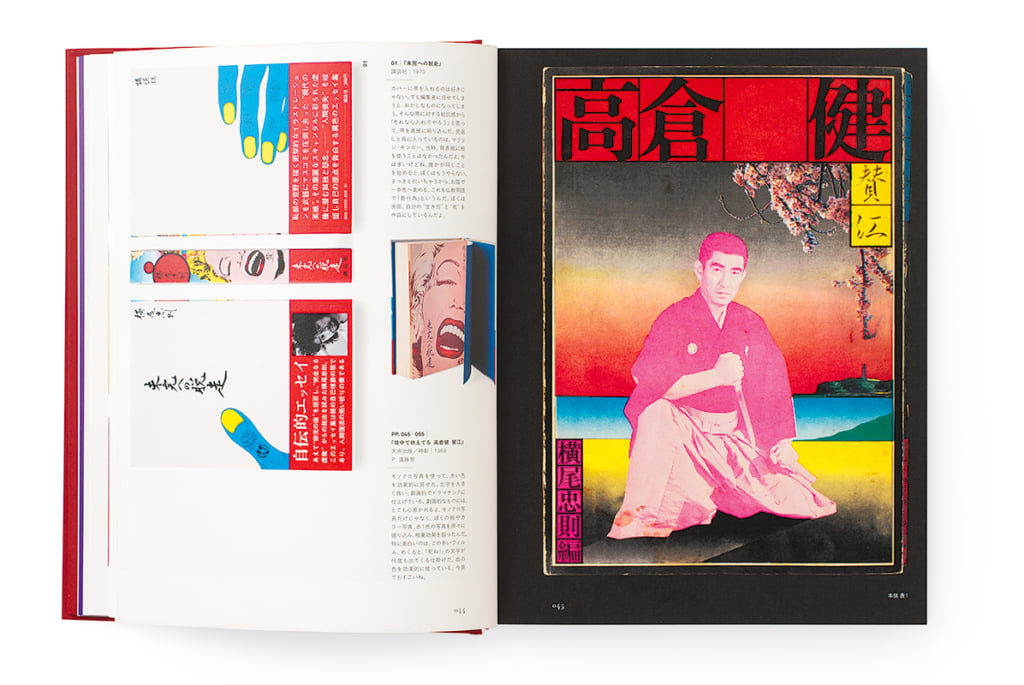
© Tadanori Yokoo
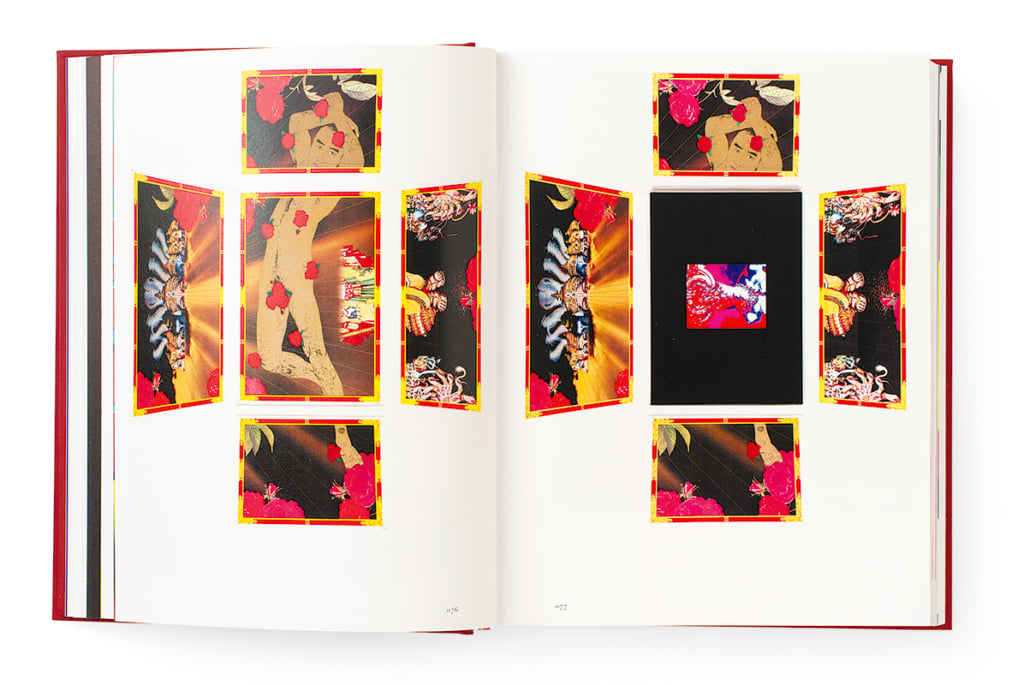
© Tadanori Yokoo
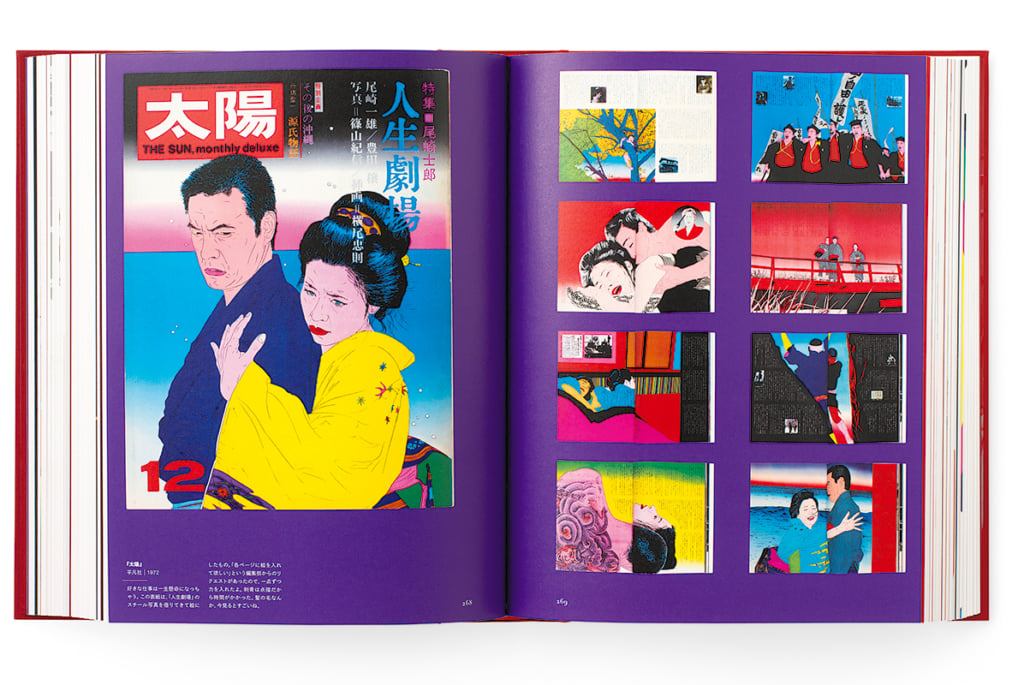
© Tadanori Yokoo
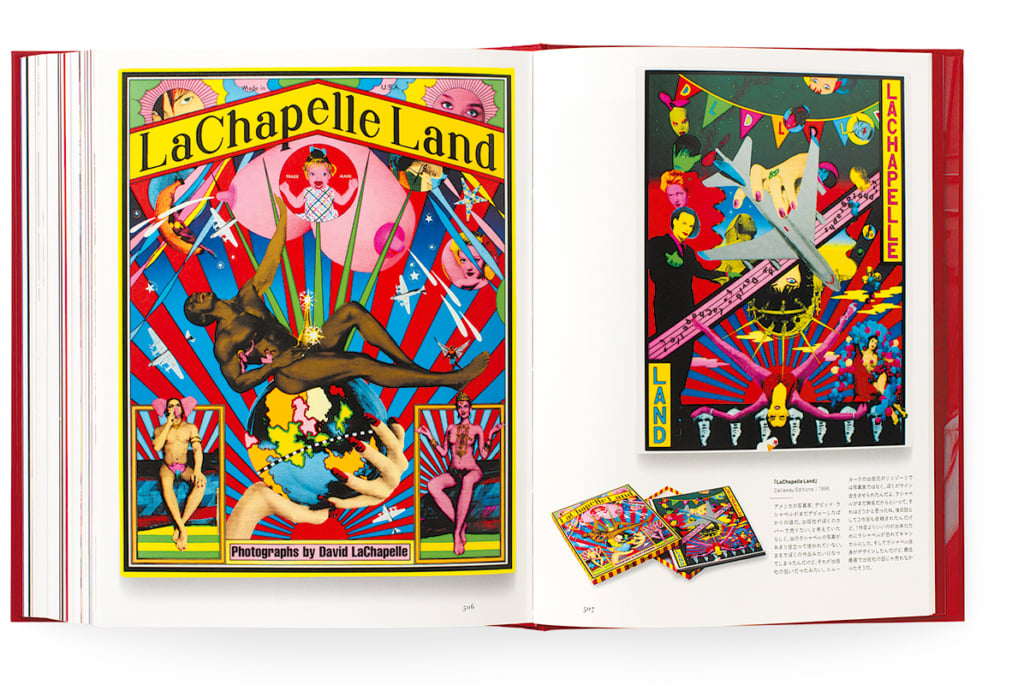
© Tadanori Yokoo

© Tadanori Yokoo
TRENDING
-
The Tattoos that Marked the Criminals of the Edo Period
Traditional tattoos were strong signifiers; murderers had head tattoos, while theft might result in an arm tattoo.

-
Colour Photos of Yakuza Tattoos from the Meiji Period
19th-century photographs have captured the usually hidden tattoos that covered the bodies of the members of Japanese organised crime gangs.

-
The Trendiest ‘Sento’ and Saunas in Tokyo
The bath culture remains vibrant in the capital city, where public baths and saunas designed by renowned architects are continuously opening.

-
Rituals of Ancient Gay Shunga Erotica
Shunga was prolific in Japan during the Edo period, with ‘nanshoku’ referring to the depiction of homosexual erotica.

-
‘LSD: Dream Emulator’, an Avant-Garde Game Released on PlayStation
In this video game created by Osamu Sato and released in 1998, the player explores the surrealist, psychedelic environment of a dream.


